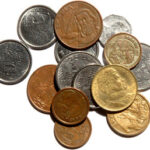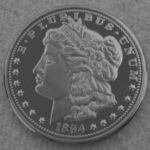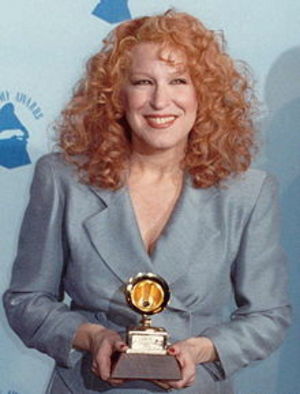Older readers fondly remember the days when silver coins circulated freely and valuable coins could be readily found in their pocket change. Millions of baby boomers filled coin albums and built modern coin collections for the mere face value of the coins they pulled out of circulation. Candy stores put their valuable coins in display cases and sold them at a premium. Thousands of collectors became “vest pocket” dealers. I sold coins in my high school cafeteria. One New York City subway employee sat in a booth all day, selling subway tokens, and amassing an astonishing hoard – the so-called New York Subway Hoard – of extremely rare and valuable coins, many of which he sold in his off-hours. The portion of the hoard remaining when he died was ultimately sold to a major coin dealer and reported by the numismatic press in eye-popping detail. A number of very rare coins sought by virtually all collectors but found by few were present in the hoard in unbelievable quantity. For example, the hoard contained 241 1916-D (Denver Mint) Mercury dimes – almost one-tenth of one percent of the total mintage. (And remember, this was the hoard remaining when he died – nobody knows how many he had sold.)
Those days came to an end with the advent of so-called “clad” coinage in 1965 – dimes and quarters void of precious metal content. While silver coins did not immediately disappear, the circulating supply was rapidly depleted by enterprising individuals who socked them away for future profit.
While silver dimes and quarters quickly disappeared from circulation, other valuable coins remained, and some are still out there for the knowledgeable individual..
Although silver was removed from dimes and quarters in 1965, half dollars minted from 1965 through 1970.retained 40 percent silver content. Few non-collectors know this, and these 40% silver halves can still be found. Driving home from an out-of-town event, I stopped at a bank and bought three rolls of half dollars. The teller warned me not to expect any silver, as she had checked for pre-1965 coins. In three rolls I found three 40% half dollars.
In order to conserve nickel (the metal) for the war effort, nickels (the coins) were made from mid-1942 through 1945 with an alloy containing 35 percent silver. These coins are easily distinguished from other nickels by the placement of a large mint mark (P, D, or S) on the reverse above the dome of Monticello. They also tend to be darker than the typical coin, due to oxidation of the alloy in circulation.
There are also from time to time “error” coins produced by the Mint, such as the “Godless” George Washington $1 coins produced earlier this year without the “In God We Trust” motto, but errors are produced in limited quantity, and by the time you read about them in the mainstream press, collectors have likely found most of them. You can get an early scoop on your newspaper by checking numismatic press websites like Coin World.
While you’ll never see a 1916-D Mercury dime in circulation – if you do, it was stolen by some kid from Daddy’s coin collection (a professional thief would never spend it!) – there are still coins of modest value to be found in circulation. For collectors, the thrill of the find is what keeps them looking..



